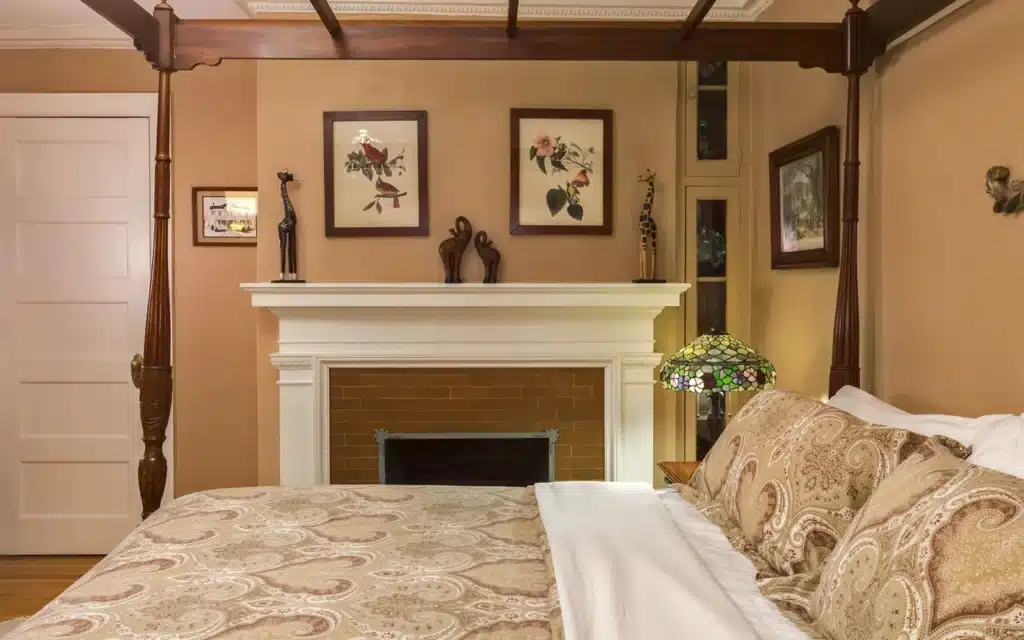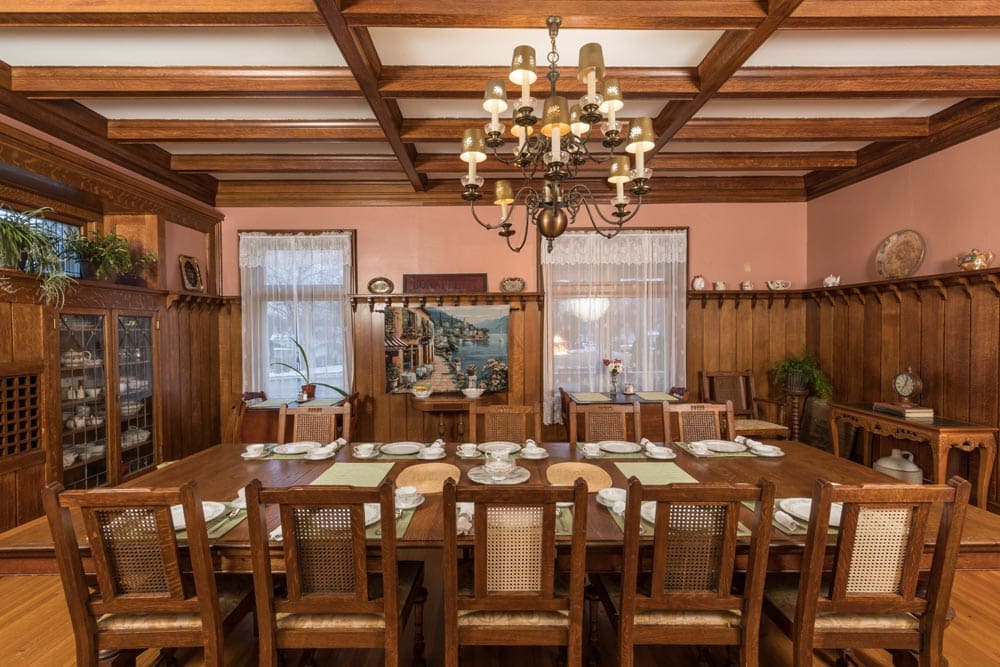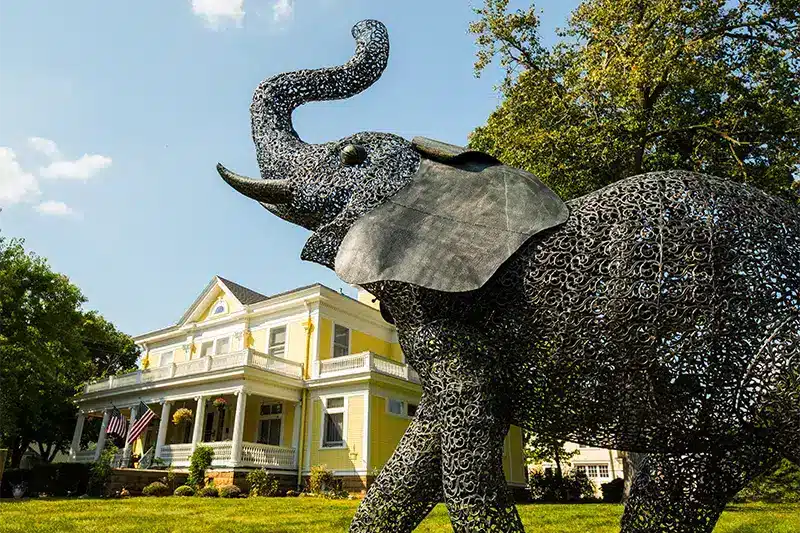Gas-or Electric-or Both? How homes were “lit” in the Victorian Age.
When we give tours of the Charles Ringling Home on 8th and Ash streets in Baraboo, we always like to point out the modern conveniences that were incorporated into Charles’ (and later Henry’s) state of the art home. This home had most, if not all of the features we now take for granted in the 21st century. Even though the home had indoor plumbing, indoor heating, electricity, an intercom system, a fire suppression system and an elevator, I’d like to focus on an earlier type of illumination that was built into the Ringling home—gas lighting.
give tours of the Charles Ringling Home on 8th and Ash streets in Baraboo, we always like to point out the modern conveniences that were incorporated into Charles’ (and later Henry’s) state of the art home. This home had most, if not all of the features we now take for granted in the 21st century. Even though the home had indoor plumbing, indoor heating, electricity, an intercom system, a fire suppression system and an elevator, I’d like to focus on an earlier type of illumination that was built into the Ringling home—gas lighting.
When commercial gas became available in the early 19th century, a new way of lighting was available for the first time. Although municipal water and sewer service was also available at the time, it took many years to implement, and often residential and commercial gas service was available first.
The gas that was used to light spaces during the Gaslight era was coal gas. It was similar to natural gas, and was manufactured by heating coal in an oven that was sealed to keep oxygen out. The gas was purified, filtered and pressurized which was then piped to homes, businesses and even street lights!
In the late 19th and early 20th century, electricity gradually replaced gas as the source of lighting, and a period of dual-fuel (gas and electric) fixtures were developed over a period of about 20 years as part of the transition.
What were the requirements for installation of these unique hybrid fixtures?
Well, the most important one was that the actual lighted bowl had to be kept a safe distance away from any materials that it might ignite. The second reason was that the gas to the fixture was turned on and off with a valve, or valves, that were built into it. Because the flame had to be lit after the gas was turned on, the fixture had to be easy to reach — either from the floor or with the use of a small step-stool.
The way you can tell the real from the fake, if you see any of these fixtures in a Victorian era home, will be as hanging fixtures or wall sconces. They will have open bowls, usually made of glass and hold the lighted mantle and a light bulb in separate holders. The open bowl was needed to allow the products of the combustion to escape and also directed most of the light upward.
We actually have one of these dual-fuel fixtures in the library of the Ringling Home that has survived and is hanging in its original location!
Next time you are in the area, please check our tour times, or better yet, reserve a room at this historic home! A full house tour is included with all reservations.
Source material from “The Spruce” by Bill Lewis, 02/15/2017
https://www.thespruce.com/the-gaslight-era-2175011





